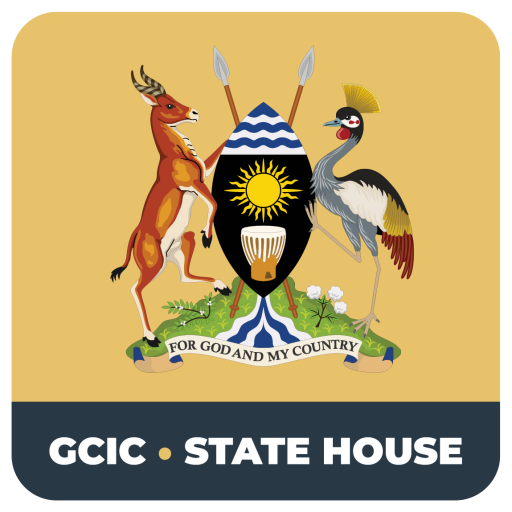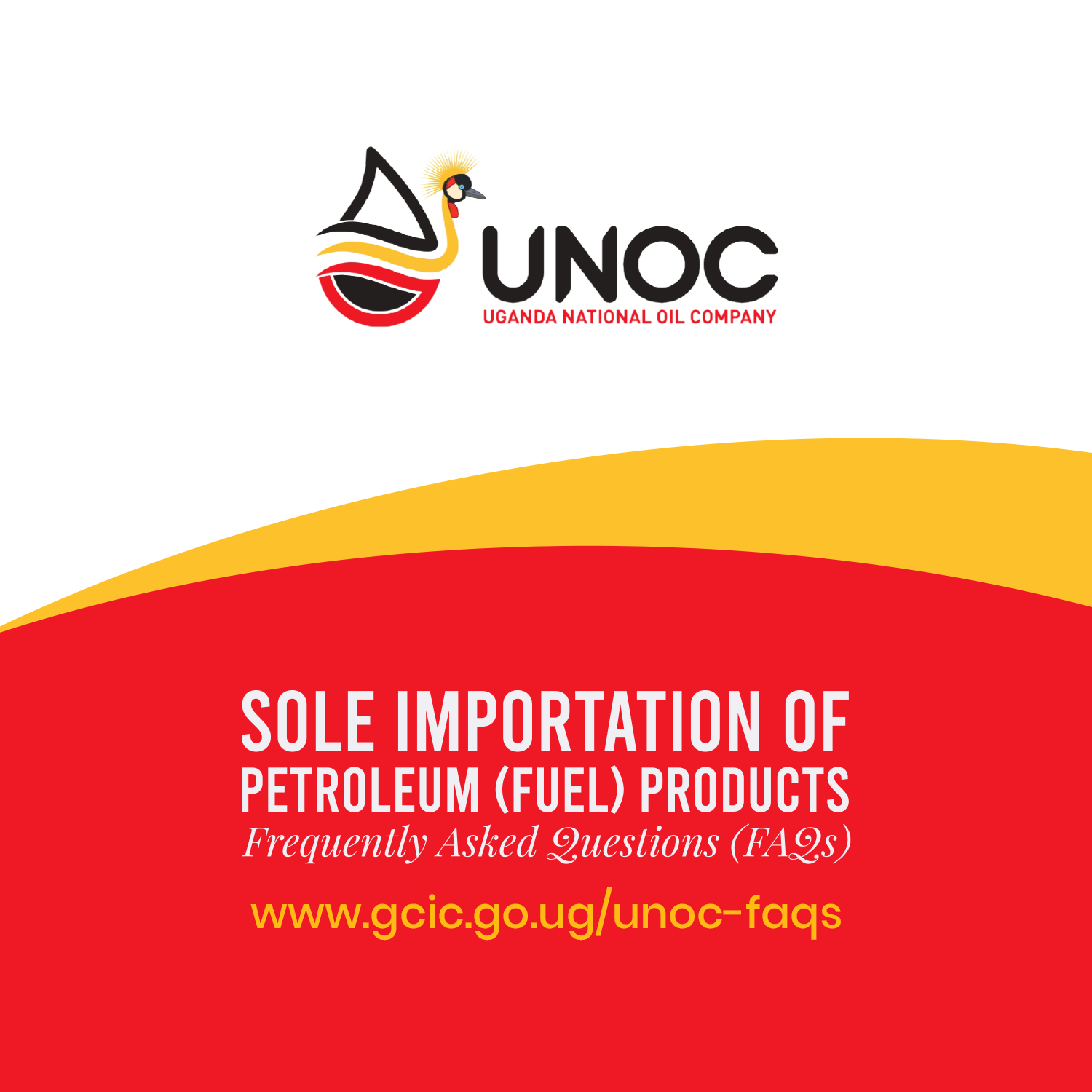STANDARD GAUGE RAILWAY A GAME CHANGER
Railway transport is the second most important mode of transport after road and is critical for long-distance freight along the main transport corridors. Based on our history, Railway transport was at one time one of the major transport means for whoever wanted to travel between Uganda and Kenya and it was this same railway that facilitated trade between the two countries during colonial times.
The first railway into Uganda was extended in the mid-1920s from Nakuru to Soroti through Tororo in 1929 before coming down to Jinja through Namasagali. Then the line to Kampala across the Nile Bridge at Jinja was done in 1926. On the Uganda side, the railway line covers 190km, from Kampala to the Kenyan border, and 8km between Kampala and Port Bell. From Kampala, it continues to Kasese in western Uganda, making it approximately 1,600 kilometers from Mombasa in Kenya and the colonialists strategically constructed it to provide a modern link to transport raw materials out of, and manufactured British goods into, the Uganda Protectorate.
The railway finally reached Kampala in 1931 before being extended to Kasese in western Uganda which it reached in 1956 and the northern line reached Arua in 1964.
The construction of the Railway was an idea purposely brought to build the economy in the region, facilitate opportunities for trade and export and it also allowed Uganda to trade with the outside world since the journey could be made in days rather than months and with much less risk.
In a twist of events, from the mid-1970s on, traffic declined, finances came under stress and the condition of railway infrastructure deteriorated as many people were stealing rails and using them for their purposes.
Based on some facts, out of the total 1,266km rail network in Uganda, only 330km is currently operational and this is the Malaba-Kampala line, Tororo-Mbale, Kampala-Port Bell, Kampala-Nalukolongo and Jinja-Kakira. Other railway lines were barred due to their technical deficiencies and low traffic volumes.
Later, the government came up with an initiative of reconstruction and rehabilitation of the old railway but most importantly the construction of the Standard gauge railway.
A standard gauge railway (SGR), is a rail line system whose distance between rails ranges from 1,420 mm to 1,460 mm. It’s faster, carries more cargo, and is more stable than the meter gauge rail network whose track gauge is 1,000 mm (1 meter). The SGR can shoot to speeds of 200km/h, while the meter gauge can run at 110km/h with modifications.
The Standard Gauge Railway (SGR) Project is a Government Project established by Cabinet Minute 107 (CT 2015) to develop a modern, integrated, and efficient railway transport system to address both the freight and passenger transportation needs of the country.
In 2014, Uganda together with her Northern Corridor Partner States of Kenya, Rwanda, and South Sudan signed a Regional SGR Protocol to develop a seamless transport system interconnecting the cities as well as connecting them to the coast. Uganda ratified the Protocol through Cabinet Minute 62 (CT 2015).
As you may all be aware, the Government of Uganda has emphasized infrastructure development to achieve the aspirations of Ugandans as enshrined in the Uganda Vision 2040.
The idea of Infrastructural development in the country is primarily meant to provide a conducive investment climate thus attracting large foreign direct investments, especially in heavy industries and services.
Uganda is prioritizing the Northern corridor since its strategic geographical positioning, puts it at the heart of the East and Central Africa logistics chain and can evacuate its products through the ports of Djibouti, Mombasa, and Dar Es Salaam among others. Northern Corridor is the busiest and most important transport route in East and Central Africa, providing a gateway through Kenya to the landlocked economies of Uganda, Rwanda, Burundi, and Eastern DR Congo. It also serves Southern Sudan.
The agency in charge of the Standard gauge railway in Uganda says that they are not looking at the railway as a transport system but as a transformational Project. They add that the railway is a key feature of Uganda’s Vision 2040 and in NDP I & II.
We have on many occasions failed to attract heavy foreign direct investment in the manufacturing sector because of the lack of access to the sea. So by constructing the standard gauge railway, we stimulate industrialization. And by doing this, we transform the country.
Since the initiation of the project, a lot has been reached and that includes surveying the land that suits the project, acquiring it, and paying the Project Affected Persons (PAPs).
Over 95% of PAPs (1500) have been paid in Tororo and vacations are ongoing in these areas to date only Tororo Station payment is pending because of land ownership, and identity verification but Right of way, valuation, verification, and disclosure have all been completed.
In Butaleja, a total of 273 Project Affected Persons have been fully compensated awaiting vacation and clearing of acquired right of way. In Butaleja, just like the other districts, sensitization has been held for communities in affected villages, and with District Council and leadership and it continues in preparation for vacations, corridor clearance, and boundary marking of the acquired corridor.
Clearing the Right of way for Namutumba, Iganga, Luuka, Jinja, Kawolo up to Namanve has also been sorted and for now, sensitization for the PAPs continues and several meetings are being held with district authorities in preparation for boundary marking and corridor clearing exercises.
During the recent tour and inspection of the right of way by the Minister in charge of Transport, Hon Fred Byamukama, he encouraged all the leaders in the districts where the Standard Gauge Railway crosses to be positive and support the project because it will be a game changer in the transport sector and will help decrease on the time that goods arrive in the country from the various ports.
Hon Byamukama also assured the leaders that he met in the districts that the government is considering starting the construction of the Standard gauge railway in the coming financial year 2023/24 but as preparations are ongoing, the old railway line is under rehabilitation by Imathia Construction Company.
This old railway is being rehabilitated because it will help a lot in transporting equipment to several areas during the construction of the Standard Gauge Railway. Many Ugandans have already started benefiting from the contractor since they were taught engineering skills of operating machinery and construction skills.
Therefore, I think all Ugandans should embrace this project because it will help life us as a country and improve our trade and transport sector so that our GDP keeps growing as expected.
By Michael Woira
Communications Officer, Government Citizen Interaction Centre





